During World War II, in an effort to disguise the facility and ward off enemy fire, officials at Burbank’s Lockheed Air Terminal (now known as Bob Hope Airport ) took the unusual but highly effective step of covering the entire airport with strategically placed camouflage netting. Up from the air, in the eyes of the enemy, the entire area looked like a rural subdivision.
Before
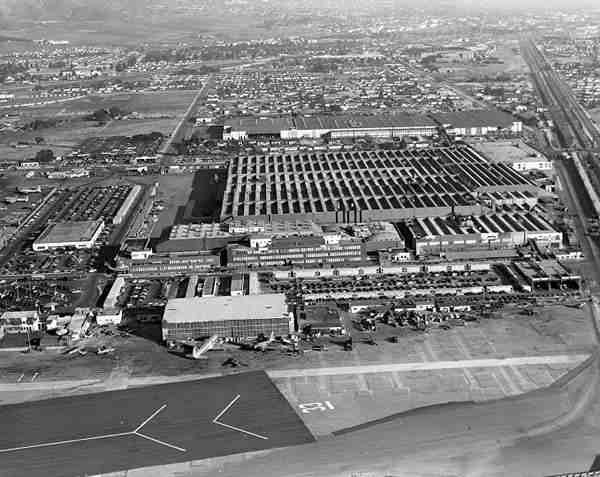
After

In February 1942, a Japanese submarine was spotted just outside San Francisco Bay. When another Japanese submarine surfaced off Santa Barbara, a few nights later, and fired a few shells at an oil storage facility the War Department ordered Lt Gen John L De Witt, head of Western Defense Command, to protect vital installations along the Pacific Coast.
The job of disguising California fell upon Colonel John F Ohmer, a pioneer in camouflage, deception and misdirection techniques. During the Battle of Britain in 1940, Colonel Ohmer’s carefully made and positioned camouflage caused the Luftwaffe to waste thousands of tons of bombs on empty fields.
With help of scenic designers, painters, art directors, landscape artists, animators, carpenters, lighting experts and prop men from movie studios in Hollywood, Metro-Goldwyn-Mayer, Disney Studios, 20th Century Fox, Paramount, Universal Pictures and others, Colonel Ohmer began the task of disguising March Field and its neighborhood.


Ohmer concealed key factories and assembly plants that may be targets, including Douglas Aircraft. In a short period of time the entire area of the factory was camouflaged. The Lockheed-Vega aircraft plant in Burbank was fully hidden beneath a complete suburb replete with rubber automobiles and peaceful rural neighborhood scenes painted on canvas. Small farm complete with animals, a barn, a silo and other buildings were erected. Pastoral settings used frames of lumber and large spreads of canvas.
Hundreds of fake trees and shrubs were positioned to give the entire area a 3-dimensional appearance. The trees and shrubs were created from chicken wire treated with adhesive, then covered with chicken feathers for leaves, then painted various shades of green (with spots of brown, even). Air ducts were disguised as fire hydrants.
In other sections, scattered decoy aircraft made of canvas scraps, ration boxes, and burlap on chicken wire as well as flattened tin cans dominated the landscape. None of these aircraft looked real up close but looked great from a distance. Fake runways were made by burning grassy strips.

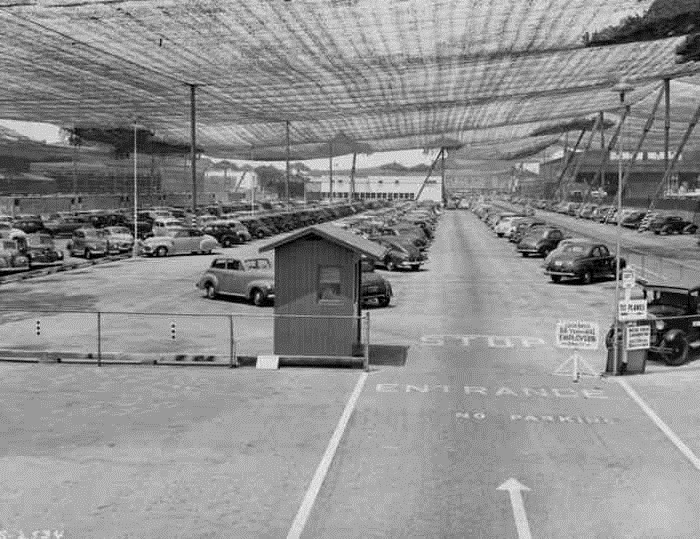
Maintaining the illusion of a neighbourhood required signs of life and activity. Workers emerged to relocate automobiles, and took walks on hidden catwalks. Some took washing down from fake clotheslines only to replace it later at scheduled times. Parked automobiles were moved to indicate drivers were using their cars daily and returning home from work.
Ohmer’s “suburb” brought requests for other camouflage projects. In Seattle, Boeing Aircraft covered nearly 26 acres. It became covered by a complete town with municipal buildings, a park, schools and homes.
The disguise of California ceased to be critical when the US Navy dealt a smashing defeat to a Japanese carrier task force at Midway Island. The threat of a serious attack against the West Coast diminished, then vanished.
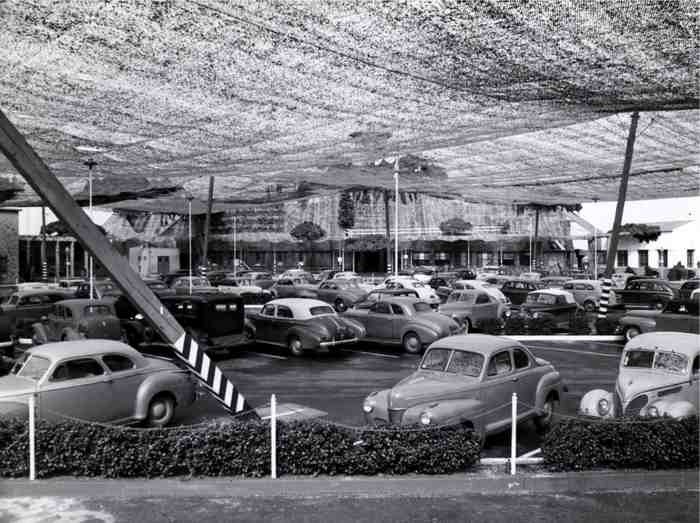


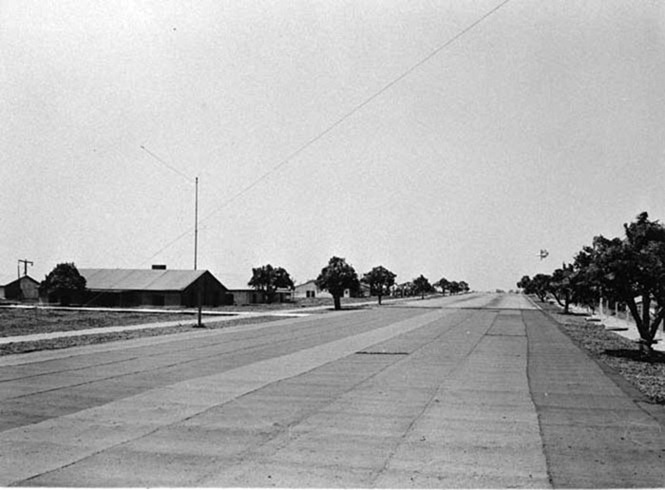



- Images of Lockheed Air Terminal during World War II



Extract, War Department Inventory of Owned, Sponsored and Leased Facilities, 1945
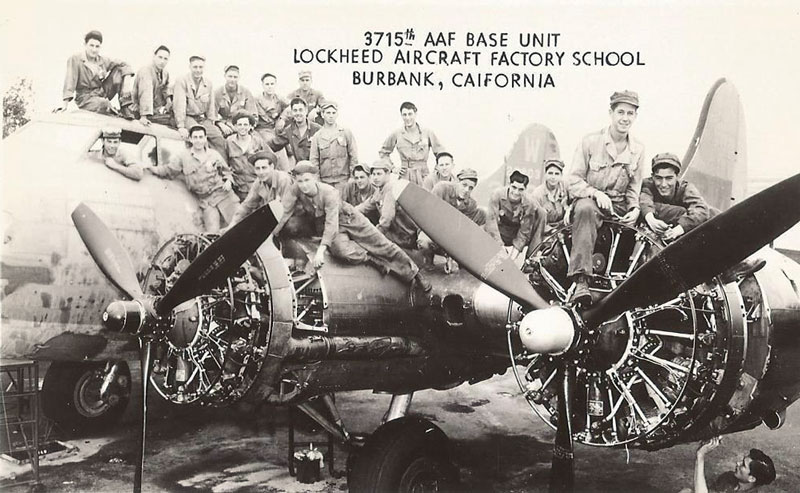
- Army Air Forces Technical Training School, Lockheed Aircraft Corporation
- Capacity:
- Enlisted:
- Permanent:
- Mobilization:
- Theater of Operations: 969
- Hutments:
- Tents:
- Total: 969
- Officers: 17
- Station Hospital:
- Enlisted:
- Acreage
- Owned: 150 acres
- Leases: 9 acres (1 lease)
- Total: 159 acres
- Storage:
- Covered:
- Open:
- Cost to Government Since 1 July 1940:
- Annual lease payments: $1.00
- Land: $353,029.00
- Construction: $384,610.00
- Total (less annual leases): $737,639.00
- Remarks:
- Additional Online Histories
- Lockheed-Martin Corporation
- Army Units Assigned to Camp Kohler
| Army of the United States Station List | 1 June 1943 |
|
| Army of the United States Station List | 7 April 1945 |
|
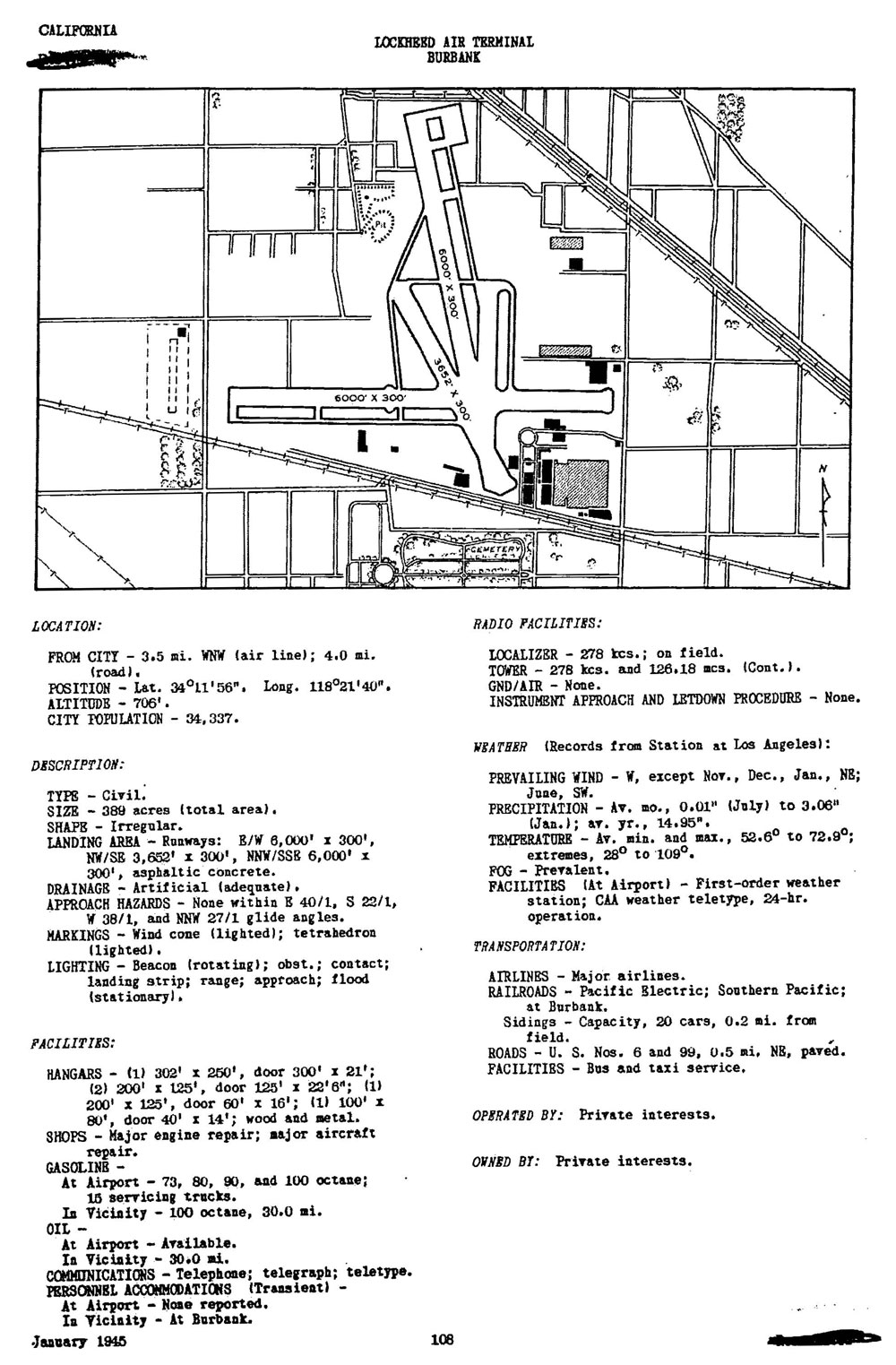
from:http://www.amusingplanet.com/2010/12/how-military-hid-lockheed-burbank.html
Pubblicazione gratuita di libera circolazione. Gli Autori non sono soggetti a compensi per le loro opere. Se per errore qualche testo o immagine fosse pubblicato in via inappropriata chiediamo agli Autori di segnalarci il fatto è provvederemo alla sua cancellazione dal sito













